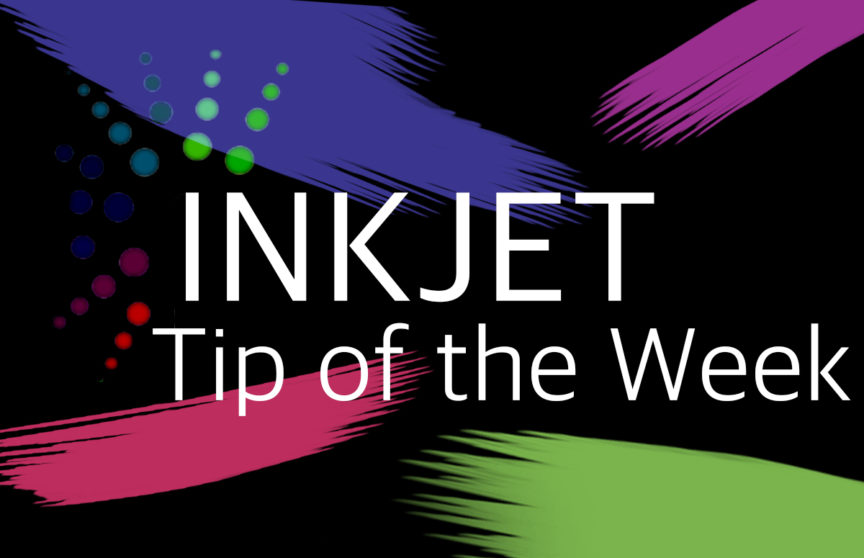Web-fed inkjet devices with UV or hybrid solvent/aqueous pigment inks are delivering amazing quality on an ever-expanding range of media. Factoring the cost of ink into your buying decision may make you think twice about going web or sheet fed.
Across the board, sheet-fed inkjet inks cost 2x to 4x more than their web-fed counterparts with UV sheet-fed inkjet being the most expensive. But there are cost trade-offs in terms of ink usage, energy usage and ability to print on a wider range of media without the additional expense of precoating. Some of the cost differential for sheet-fed can be attributed to economies of scale (or lack of scale) since a single sheet-fed device may drive only 20% or less of the volume of a web-fed press at capacity – therefore buying a proportionally lower volume of ink.
The cost of web-fed aqueous inkjet inks vary widely and, oddly, some of the most advanced inks may be priced similarly or less than previous generations of ink from the same OEM. Again, this is due to economies of scale coming into play with the newest inks being associated with high-capacity devices and high coverage application segments. Bottom line, the ink that costs the most to manufacture may have the lowest cost per liter to the buyer.
We often advise customers to take a look at sheet-fed inkjet if they are not sure that they have the volume to keep a web-fed device running consistently. But, it also makes sense for those who think they should be on sheet-fed to look at the economics of a web-fed device in order to leverage lower total cost of ownership (TCO).

